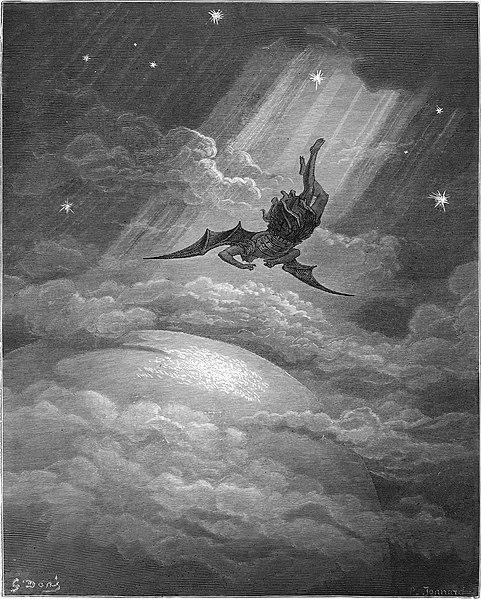In the last part of our extensive series “Illustrious Ideas and Illustrations: The Imagery of Gustav Doré,” we saw Satan confront his children, Sin and Death, at the gates of hell as told by John Milton in his epic poem “Paradise Lost.” Sin and Death agree to let Satan pass out of the gates of hell, and Satan continues his journey to find God’s new creation: Earth.
God, Satan, and the Future of Humans
As Milton’s “Paradise Lost” continues, God watches Satan from heaven and makes the point that he knows Satan will tempt human beings. He explains the immensity of Satan’s evil by suggesting that Satan came to hate him from within Satan himself. The humans that Satan will tempt, however, should be shown grace because they do not hate God from within themselves but will be tempted to resist God because of Satan’s efforts.God asks the other beings in heaven: Who will sacrifice themselves for the eternal life of humans? Only Jesus, God’s son, comes forth. God praises Jesus’s love and compassion.





